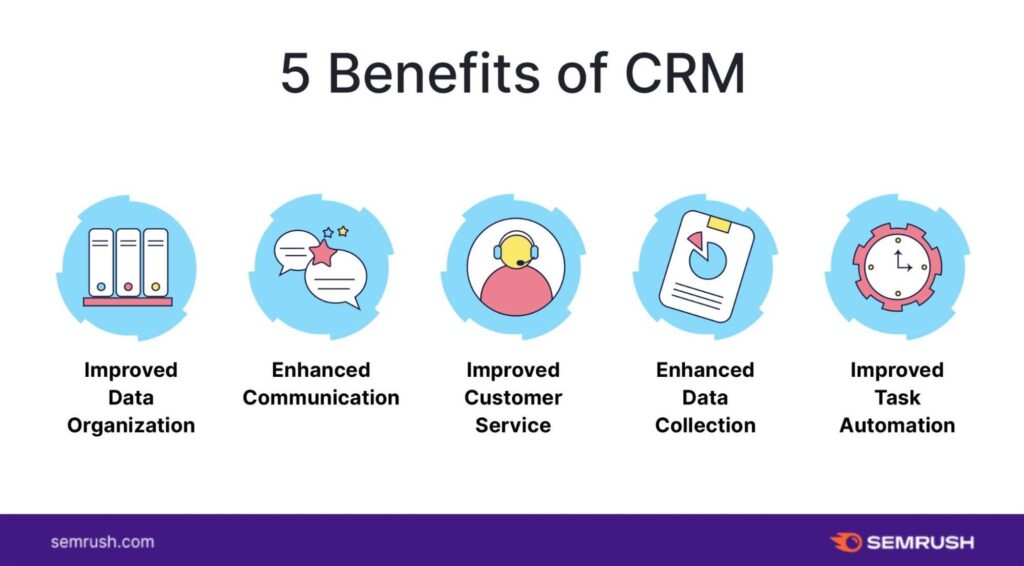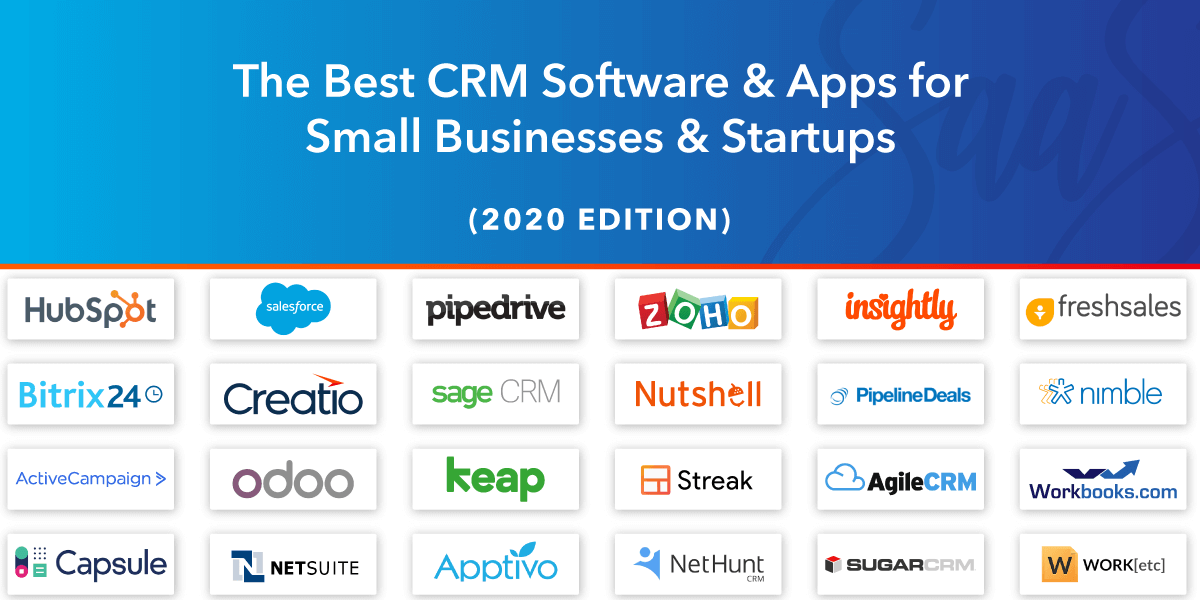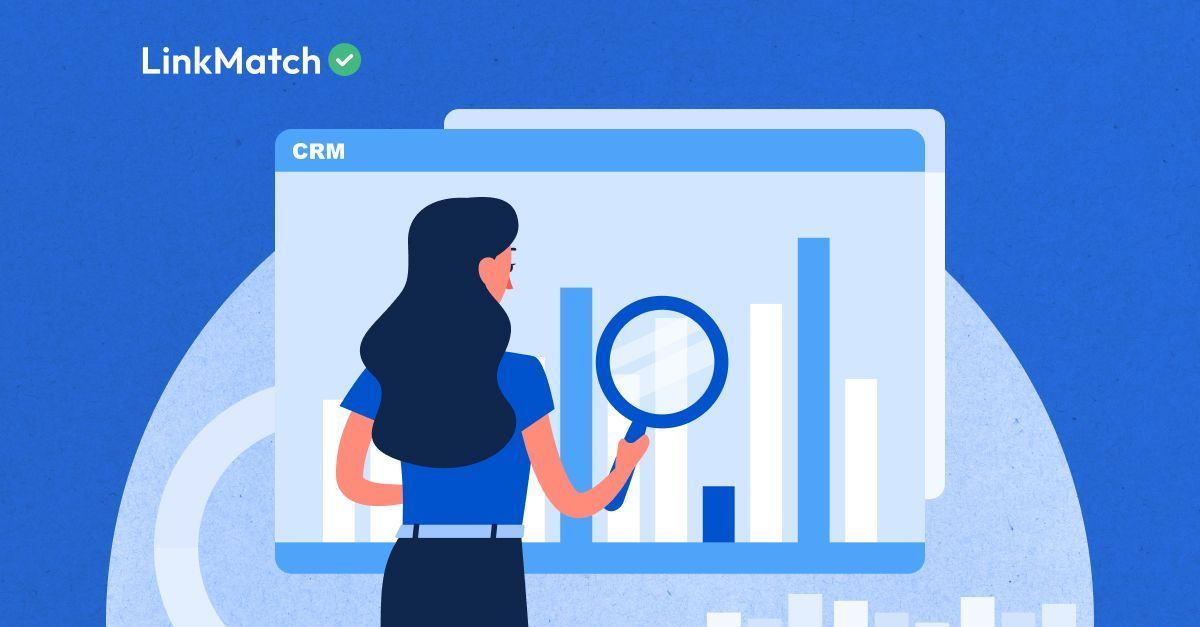
The Power of CRM Marketing for Customer Retention
In today’s competitive landscape, retaining customers is more crucial than ever. Acquiring new customers is expensive, and the loyalty of existing customers can significantly impact your bottom line. That’s where Customer Relationship Management (CRM) marketing comes in. CRM marketing leverages customer data to build stronger relationships, personalize experiences, and ultimately, boost customer retention rates. This comprehensive guide will delve into the intricacies of CRM marketing and how you can harness its power to keep your customers coming back for more.
Understanding CRM: The Foundation of Customer Retention
Before we dive into the specifics of CRM marketing, let’s establish a solid understanding of CRM itself. CRM is a technology and strategy for managing all your company’s relationships and interactions with current and potential customers. The primary goal of CRM is to improve business relationships, assist in customer retention, and drive sales growth. Think of it as a central hub where all customer-related information is stored, analyzed, and utilized.
A robust CRM system typically includes features such as:
- Contact Management: Storing and organizing customer contact information.
- Interaction Tracking: Recording all interactions with customers, including emails, calls, and meetings.
- Lead Management: Tracking potential customers and nurturing them through the sales funnel.
- Sales Automation: Automating sales processes, such as lead assignment and follow-ups.
- Reporting and Analytics: Providing insights into customer behavior and sales performance.
By implementing a CRM system, businesses can gain a 360-degree view of their customers, allowing them to understand their needs, preferences, and purchase history. This comprehensive understanding is the bedrock upon which effective CRM marketing strategies are built.
The Core Principles of CRM Marketing
CRM marketing is about more than just using a CRM system; it’s a strategic approach to building and maintaining customer relationships. Several core principles underpin successful CRM marketing initiatives:
- Customer-Centricity: Placing the customer at the heart of all marketing efforts. This means understanding their needs, preferences, and behaviors.
- Personalization: Delivering tailored experiences to individual customers based on their data and preferences.
- Relationship Building: Focusing on creating long-term relationships with customers rather than just making one-off sales.
- Data-Driven Decisions: Using customer data to inform marketing strategies and measure their effectiveness.
- Communication and Engagement: Maintaining consistent and relevant communication with customers across various channels.
By adhering to these principles, businesses can create a positive customer experience that fosters loyalty and encourages repeat business.
Key Strategies for CRM Marketing and Customer Retention
Now, let’s explore some specific strategies you can use to leverage CRM marketing for customer retention.
1. Segmentation and Targeting
One of the most powerful aspects of CRM is the ability to segment your customer base. Segmentation involves dividing your customers into groups based on shared characteristics, such as demographics, purchase history, behavior, and preferences. This allows you to create highly targeted marketing campaigns that resonate with specific customer segments.
For example, you might segment your customers based on:
- Purchase History: Customers who have made frequent purchases, those who have made a single purchase, or those who haven’t purchased in a while.
- Demographics: Age, gender, location, income, and other demographic factors.
- Engagement Level: Customers who frequently open your emails, click on your links, or engage with your content.
- Product Preferences: Customers who have shown interest in specific products or services.
Once you’ve segmented your customers, you can tailor your marketing messages and offers to each segment. This ensures that your communication is relevant and valuable to each individual, increasing the likelihood of engagement and retention.
2. Personalized Communication
Personalization is key to creating a positive customer experience. CRM systems allow you to personalize your communication in various ways, such as:
- Personalized Emails: Addressing customers by name, recommending products based on their purchase history, and sending targeted offers.
- Website Personalization: Customizing website content based on a customer’s behavior and preferences.
- Personalized Recommendations: Providing product recommendations based on a customer’s browsing history and purchase history.
- Customized Offers: Creating special offers and promotions tailored to specific customer segments.
Personalized communication demonstrates that you understand and value your customers, making them feel more connected to your brand.
3. Loyalty Programs
Loyalty programs are a proven way to reward customer loyalty and encourage repeat business. CRM systems can be used to manage and track loyalty programs, allowing you to:
- Track Customer Purchases: Monitor customer purchases and award points or rewards based on their spending.
- Automate Reward Delivery: Automatically send rewards to customers based on their loyalty tier or purchase activity.
- Personalize Reward Offers: Offer personalized rewards based on customer preferences and purchase history.
- Analyze Program Performance: Track the performance of your loyalty program and identify areas for improvement.
Loyalty programs create an incentive for customers to keep coming back, strengthening their relationship with your brand.
4. Proactive Customer Service
Exceptional customer service is essential for customer retention. CRM systems can help you provide proactive and personalized customer service in several ways:
- Tracking Customer Issues: Recording customer inquiries, complaints, and resolutions.
- Automating Customer Service Processes: Automating tasks such as ticket routing and follow-up.
- Providing Self-Service Options: Offering customers access to FAQs, knowledge bases, and other self-service resources.
- Identifying At-Risk Customers: Identifying customers who may be at risk of churning based on their behavior and interactions.
By providing proactive and personalized customer service, you can resolve customer issues quickly and effectively, demonstrating your commitment to customer satisfaction.
5. Feedback and Surveys
Gathering customer feedback is crucial for understanding their needs and preferences. CRM systems can be used to:
- Send Customer Surveys: Send surveys to customers to gather feedback on their experiences.
- Track Customer Feedback: Record customer feedback from various sources, such as surveys, emails, and social media.
- Analyze Customer Feedback: Analyze customer feedback to identify areas for improvement.
- Act on Customer Feedback: Use customer feedback to make improvements to your products, services, and customer experience.
By actively seeking and acting on customer feedback, you can continuously improve your offerings and enhance customer satisfaction.
6. Churn Prevention Strategies
Churn, the rate at which customers stop doing business with a company, is a major concern for any business. CRM marketing can play a vital role in preventing churn.
Strategies to prevent churn include:
- Identifying At-Risk Customers: Using CRM data to identify customers who may be at risk of churning based on their behavior and interactions.
- Proactive Outreach: Reaching out to at-risk customers with personalized offers, support, or other incentives.
- Win-Back Campaigns: Creating targeted campaigns to re-engage customers who have churned.
- Monitoring Customer Satisfaction: Continuously monitoring customer satisfaction levels and addressing any issues proactively.
By implementing churn prevention strategies, you can reduce customer attrition and increase customer lifetime value.
7. Cross-selling and Up-selling
CRM systems can help you identify opportunities to cross-sell and up-sell to your existing customers. Cross-selling involves offering related products or services to customers, while up-selling involves offering higher-value products or services.
CRM systems can be used to:
- Analyze Customer Purchase History: Identify products and services that are often purchased together.
- Recommend Related Products: Recommend related products or services to customers based on their purchase history.
- Target Customers with Upselling Offers: Offer higher-value products or services to customers who may be interested.
Cross-selling and up-selling can increase revenue and customer lifetime value.
Choosing the Right CRM System
Selecting the right CRM system is critical for the success of your CRM marketing efforts. Consider the following factors when choosing a CRM system:
- Features and Functionality: Ensure the CRM system offers the features and functionality you need, such as contact management, interaction tracking, lead management, sales automation, and reporting and analytics.
- Scalability: Choose a CRM system that can scale to accommodate your business growth.
- Integration: Ensure the CRM system integrates with your existing systems, such as your email marketing platform, website, and e-commerce platform.
- Ease of Use: Select a CRM system that is easy to use and that your team can quickly adopt.
- Cost: Consider the cost of the CRM system, including licensing fees, implementation costs, and ongoing maintenance costs.
- Support: Choose a CRM system that offers adequate support and training.
There are many different CRM systems available, ranging from simple, free options to complex, enterprise-level solutions. Researching different options and comparing their features and pricing is essential to finding the right fit for your business.
Implementing CRM Marketing: A Step-by-Step Guide
Implementing CRM marketing involves several key steps:
- Define Your Goals: Clearly define your CRM marketing goals, such as increasing customer retention rates, boosting sales, or improving customer satisfaction.
- Choose a CRM System: Select the right CRM system for your business.
- Import Your Data: Import your customer data into the CRM system.
- Segment Your Customers: Segment your customers based on shared characteristics.
- Develop Targeted Campaigns: Create targeted marketing campaigns for each customer segment.
- Personalize Your Communication: Personalize your communication to individual customers.
- Track Your Results: Track the results of your CRM marketing efforts and make adjustments as needed.
- Train Your Team: Train your team on how to use the CRM system and implement your CRM marketing strategies.
- Continuously Optimize: Continuously optimize your CRM marketing efforts based on your results and customer feedback.
By following these steps, you can successfully implement CRM marketing and achieve your customer retention goals.
Measuring the Success of Your CRM Marketing Efforts
It’s crucial to measure the success of your CRM marketing efforts to ensure that they are effective. Key metrics to track include:
- Customer Retention Rate: The percentage of customers who remain customers over a specific period.
- Customer Lifetime Value (CLTV): The total revenue a customer generates over their lifetime.
- Customer Acquisition Cost (CAC): The cost of acquiring a new customer.
- Churn Rate: The percentage of customers who stop doing business with you.
- Customer Satisfaction (CSAT) Score: A measure of customer satisfaction.
- Net Promoter Score (NPS): A measure of customer loyalty and willingness to recommend your brand.
- Conversion Rates: The percentage of customers who take a desired action, such as making a purchase or signing up for a newsletter.
By tracking these metrics, you can assess the effectiveness of your CRM marketing strategies and make data-driven decisions to improve your results.
The Future of CRM Marketing
CRM marketing is constantly evolving. Several trends are shaping the future of CRM marketing, including:
- Artificial Intelligence (AI): AI is being used to automate tasks, personalize experiences, and provide insights into customer behavior.
- Machine Learning (ML): ML is being used to predict customer behavior and personalize marketing campaigns.
- Omnichannel Marketing: Businesses are increasingly using omnichannel marketing to provide a seamless customer experience across all channels.
- Data Privacy: Businesses are becoming more aware of the importance of data privacy and are taking steps to protect customer data.
- Mobile CRM: Mobile CRM is becoming increasingly important as more customers interact with businesses on their mobile devices.
By staying up-to-date on these trends, businesses can ensure that their CRM marketing efforts remain effective and relevant.
Conclusion: Building Lasting Customer Relationships with CRM Marketing
CRM marketing is a powerful tool for building lasting customer relationships and driving customer retention. By leveraging customer data, personalizing experiences, and focusing on customer-centricity, businesses can create a positive customer experience that fosters loyalty and encourages repeat business.
By understanding the core principles of CRM marketing, implementing effective strategies, and continuously measuring your results, you can harness the power of CRM marketing to achieve your customer retention goals and build a thriving business. Remember, in the competitive landscape of today, keeping the customers you already have can be even more important than getting new ones. Invest in CRM marketing, and watch your customer relationships flourish!

